Landing Pages: Everything You Need to Know
Learn how to craft landing pages that are tailored for each prospect, making sure they're designed to get them to convert.
Your landing page is one of the most critical parts of your website, as it's the gateway to your lead funnel. If your landing page is good, you're giving yourself the best chance of capturing a lead and moving him through the rest of your sales funnel. In this article, I'll review everything you need to know about landing pages.
Landing pages are the most crucial element in every sales funnel. You're missing out on an ample opportunity if you don't have landing pages.
Table of Contents
Landing Page Basics: What is a Landing Page?

A landing page is a website page which prompts users to sign up or register for a newsletter. It's similar to a sales page – a website where potential customers go to find out more about a product or service – but on a smaller scale.
There are different types of landing pages. You can use a form to collect data and then redirect the user to another webpage. The form's purpose is to get the user to complete it and then redirect them to another webpage.
This form can be a link or a pop-up window. You can embed this form onto your website by using a small piece of code. For example, if you wanted to include a form to sign up for a newsletter and collect email addresses, you would place a piece of code on your website. This will allow users to fill in their details and send themselves an email. The user can enter their email address and submit the form in the form above. The website owner will receive an email containing the user's details.
Landing pages are ideal for promoting new services, products, or websites. They are also helpful in collecting customer information such as email addresses, names, and postal addresses. You can use this information for sending promotional materials or newsletters. They are also great for generating leads.
What Should Be on Your Landing Page?
Your landing page is your first impression to visitors. They'll click away if they see something wrong or feel they are missing something. But, there are so many things you need to cover: your name, why your business exists, what value you bring to the world, what you offer, and where you are located. And you need to make sure these things are easy to understand.
If you're not sure what to write, here are some suggestions.
- Your Name. The best way to explain your business is to use your name. This is easier than saying, “I provide this or that service.” People might think you do what your name suggests when you say it.
- Why Your Business Exists. What problem is your product or service intended to solve? Why should anyone buy it?
- Value. What benefits does it deliver? Are these benefits unique to you or similar products and services? If you can, describe a unique feature of your product or service.
- Offer. Explain how your business works. How does it differ from other products or services?
- Where You're Located. Where are you located? Is there a city or state you're targeting? A country? A continent? If your product or service has a global audience, include the countries you aim to serve.
Make sure all of these things are listed clearly on your landing page. If you're new, ensure it includes your name, location, and why you're offering your product or service. If you've been in business for a while, look at your current landing page and edit it to match the above suggestions.
If you're thinking about launching a new website, a new brand, or a new social media account, start by building a great landing page. Then, you'll be ready to start generating leads.
Why You Should Have Landing Pages
A landing page gives you much control over how visitors view your website. You can set it up to direct visitors to a specific part of your site based on what they do on your site.
You can create different versions of a single webpage with a landing page and send them to different people. For example, you can use different landing pages to generate new leads, sell your products, support existing clients, etc.
Landing pages can help you focus on a specific aspect of your business. For example, if you sell products, you can use a landing page to offer one-time discounts to attract new customers. You can also use a landing page for advertising free trials or sample offers that attract leads for your sales department.
Landing pages can also help you attract visitors from other parts of the Internet. You can create a landing page for a keyword search that helps people find you online. If you want to find new customers, you can also use search engines to search for potential leads on your site.
How to Build the Perfect Landing Page
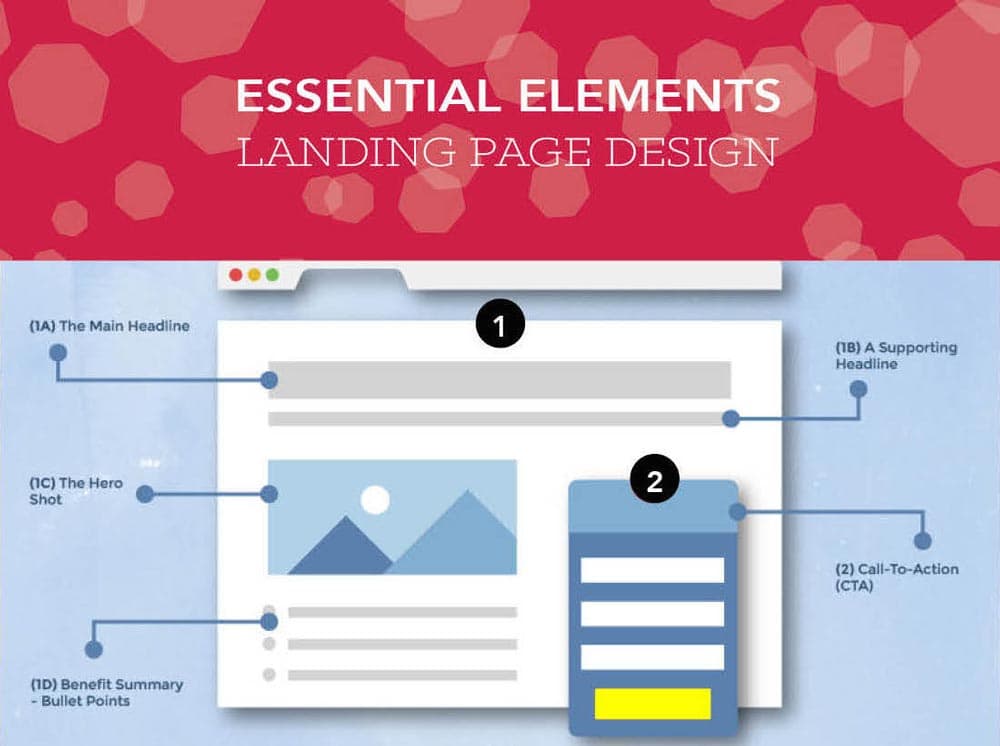
Landing pages are the gateway to building your audience. If you don't capture your visitor's attention, you are doing your business a disservice.
Landing pages are usually the first impression a prospect gets of your brand. A perfect landing page is a gateway to success, especially if you're a new business or an established one just starting. You need to keep certain things in mind when creating a landing page. Here are some tips to help you build the perfect landing page for your brand.
Your Website is NOT Your Landing Page.
You may think your website is your landing page. But this isn't always true. You may have an extremely high conversion rate, but that doesn't mean you have built the perfect landing page. Landing pages are meant to capture the attention of your visitor. They are the gateway to your brand.
You need to understand what type of person your target customer is before you start designing the landing page. What kind of information do they need from your website? Your website is the place where you offer valuable information to your potential customers. This is an excellent place to start.
Make Your Landing Page Stand Out
If your visitor lands on your landing page and looks the same as all your other pages, you won't stand out. Your visitor has already been through your website before arriving on your landing page. So the visitor will expect a different type of content.
They won't have the patience to sit through a lengthy video or scroll down to find what they're looking for. They want to know precisely what you have to offer right away. A good landing page has clear and concise content. It should contain the information your potential customers are looking for. It should be well designed and easy to navigate.
Your Landing Page Should Be Relevant
There's nothing worse than visiting a landing page, looking at the headline, and being forced to click through before you can even read the content. That's why you need to know what your landing page is trying to achieve. The headline should contain the most crucial message.
Your landing page should be relevant to the specific action the visitor wants. For example, if they want to download a free eBook or a report, the landing page should be able to give them that information. You want to be sure you have the right message that will compel your visitors to take action.
Your Landing Page Should Ask the Right Questions
The questions you ask on your landing page are another way to tell your visitor what they need. If you ask too many unnecessary questions, it will turn off your visitor, and they'll leave. If you ask the right questions, you're giving your visitor an answer they were looking for. It will help them feel more connected to you and more likely to take action.
Make Sure Your Visitors Are Comfortable
In today's busy world, we are used to the idea of instant gratification. You want to make your visitors comfortable. If they feel as though they are being rushed or pressured to take action right away, then it will only result in frustration. So, slow down.
Give your visitor a chance to take a breather and look around your site before they make any decision. Show them the information they're looking for. Let them enjoy the journey before they decide whether or not to take action.
Types of Landing Pages: Single-page vs Multi-page

Which type of landing page (single-page vs multi-page) is most appropriate for your site/site campaign?
This decision comes down to two main questions.
First, does your landing page require visitors to take action or perform tasks? For example, if you sell products and have a product page, visitors can complete the order by filling in the checkout form. The order is completed, and a success message is displayed. This is the most straightforward landing page.
Second, do visitors want to be taken away to a new page? If the answer is no, then a single-page landing page is appropriate. For example, if you are selling a product, you may provide a button that leads to a product page.
However, a multi-page landing page is required if visitors want to move to another page. For example, if your site has multiple pages and you want visitors to browse through a series of pages, then you need to use multi-page landing pages.
Note that if you have a shopping cart, you can have both a single-page landing page and a multi-page landing page. For example, visitors can click through to the product page and add to the cart if you have a product page and a shipping page. However, if you want to offer them the option of selecting items and proceeding directly to a checkout page, you should use a multi-page landing page.
So, which one is better for your site/site campaign?
A single-page landing page is great if you sell products, have a single order process and want to display a simple product page.
A multi-page landing page is better suited to sites with multiple pages that want visitors to navigate through a series of pages and where the user needs to complete an action, such as checkout or signup.
Testing Landing Pages
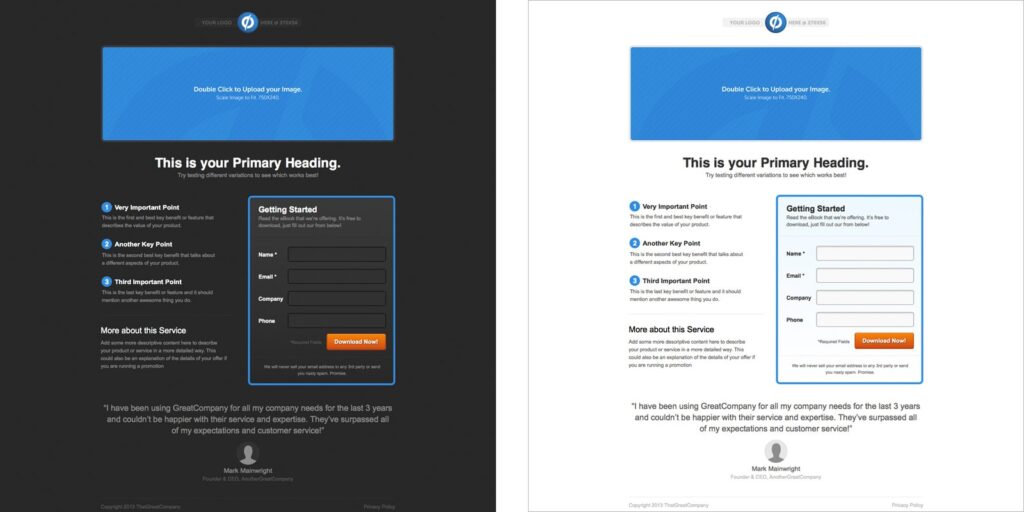
There is no doubt that a well-designed landing page can make a massive difference in terms of converting visitors into leads. That being said, not every landing page converts at 100%.
What are the factors that influence conversion rate?
- Landing page design
- Lead generation strategy
- Call-to-action (CTA)
- Optimisation
- Testing
Here is a checklist of things that you should keep in mind while designing landing pages:
- What should the visitor expect? Are there any expectations the visitor has about what to see when he lands on the page? Make sure you have clearly defined the expectations of the visitor.
- Does the page look good? It is vital to have a clean and appealing landing page design. This doesn't necessarily mean you must use big fonts and bright colours. But, you should ensure that the page elements are aligned correctly.
- Is the content relevant? Your landing page should have some helpful information. Ensure the content is relevant to the product or service you are offering.
- Is the copy compelling? If you have a compelling copy, you will get better results. So, make sure that your copy is interesting and compelling.
- How does the page load? Does the page load quickly? Is it fast enough for the visitor?
- Is the navigation straightforward? If the visitor does not understand how to navigate the page, it can impact his decision-making process.
- Are there any mistakes? Look for any grammatical or spelling errors. Make sure that you don't miss any vital information or call-to-action.
- Is the page easy to read? Make sure you have enough white space on the page, so the text does not get cluttered. Also, try using a large font size.
- Do the visuals make sense? You can use images, videos, or animated GIFs to make the visitor feel more connected to the product or service.
- Does the page offer value? Make sure that the page offers value to the visitor.
- Does the page work? Does the page do what it is supposed to do? You can test the page by using different browsers and mobile devices.
- Can the page be shared? Is it easy for the visitor to share the page on social media or with friends?
- Is the copy optimised? Do you need to add any tags? Do you need to change the description?
- Does the page have a call-to-action? Every landing page should include a CTA button. It would help if you placed this button at the bottom of the page. You can also use other CTAs such as a subscription form, chat box, etc.
Conversion Tracking: Where Is It Going?
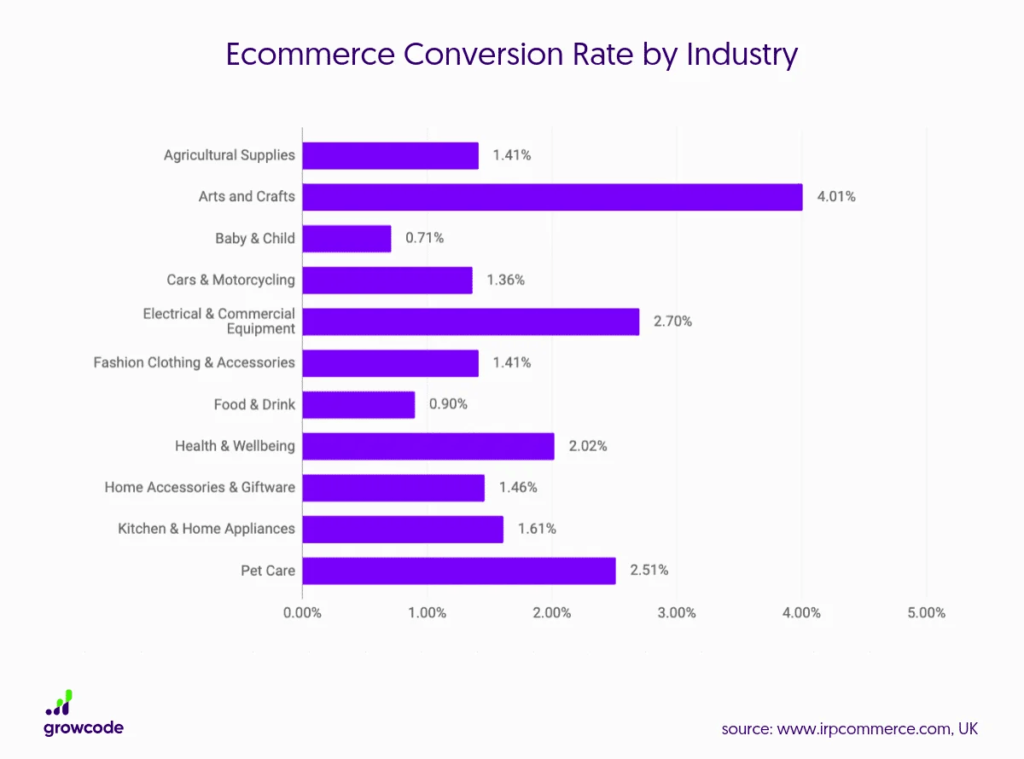
Conversion tracking helps to understand what works and what doesn't in your marketing efforts. This guide will show you how to use Google Analytics to track the traffic generated by your landing pages.
How to track your landing page conversions
If you're trying to learn how to convert a visitor to a customer, you need to start with a landing page. Landing pages are often used to promote new products and services. A landing page is usually created after an ad has been displayed on a search engine.
To set up conversion tracking, you need to link your Google Analytics account to your AdWords account. This will allow you to view the traffic from your landing pages in Google Analytics. If you don't have a Google Analytics account, visit Google's website and sign up for a free one.
Once you've set up your Google Analytics account, navigate to the Acquisition menu, then select Traffic Sources > All traffic. In the right pane, click + Create a custom variable to create a custom variable. Name the custom variable “Landing Page.”
Now that you have created a custom variable, you will need to add it to your landing page. To do this, go to the Pages menu, select Add page and select Custom URL.
In the URL box, enter the landing page URL and click Save.
Repeat these steps for each landing page you wish to track. Once you have created your custom variable, go to the Traffic menu and select Behaviour > Events. Click New event and select Event dropdown. Select “On page” and enter the variable name you created in step 1. Click Continue.
You should now see your conversion events in your Google Analytics dashboard.
Conversion tracking helps to understand what works and what doesn't in your marketing efforts. This guide will show you how to use Google Analytics to track the traffic generated by your landing pages.
Linking Your Landing Pages: How Do They Work Together?
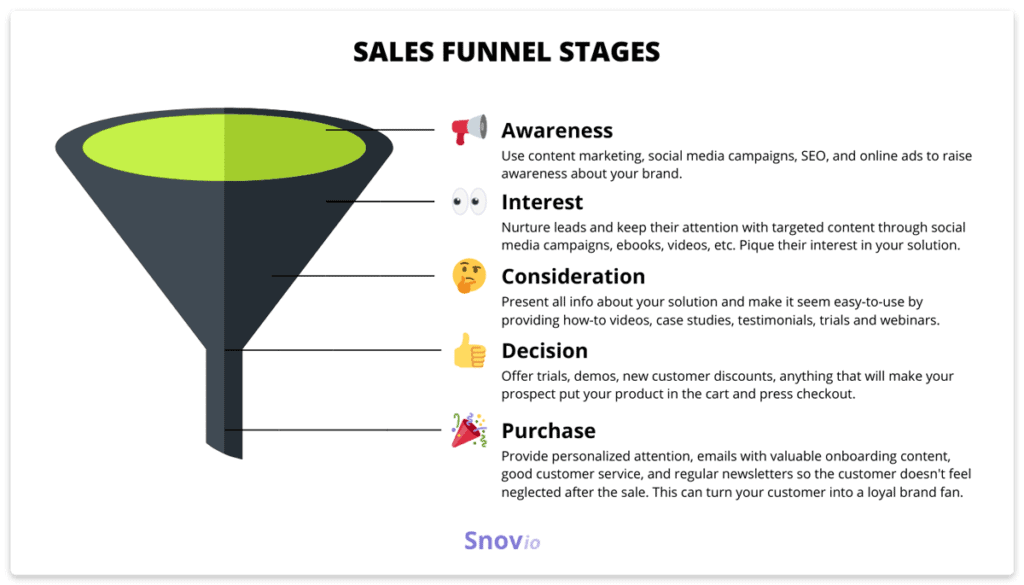
To understand how your landing pages work together, consider them three sections of a book. The first is the ‘front' cover, the second is the body of the book, and the third is the ‘back' cover. The front cover is the first thing a customer sees; the body is what they read before they decide to buy; the back cover is the last page they look at and contains everything they need to know to make the purchase.
The first part of the book, the front cover, should be beautiful and enticing to the customer. This means ensuring your home page is easy to find and your opt-in form quickly fills in. After they click on the link, they mustn't click off and go away without checking what they've just submitted. It must be clear and concise, giving them all the necessary information, such as pricing and the services/products offered.
The body of the book is where most of your content will appear, and this must be compelling and interesting.
Make sure your pages are short and punchy and attempt to include relevant and up-to-date information about your business. You should aim to have more than one strong page on each topic.
Finally, the back cover should provide everything a customer needs to know about the service or product. Your cover should not only list the features of your offering but also provide your contact details, phone number, address and opening hours. This should be kept very simple and professional, making it easy for customers to know precisely what they are buying.
This is just one of many different ways to present your product to customers, and you should use it as inspiration for creating the perfect landing pages.
Writing Headlines
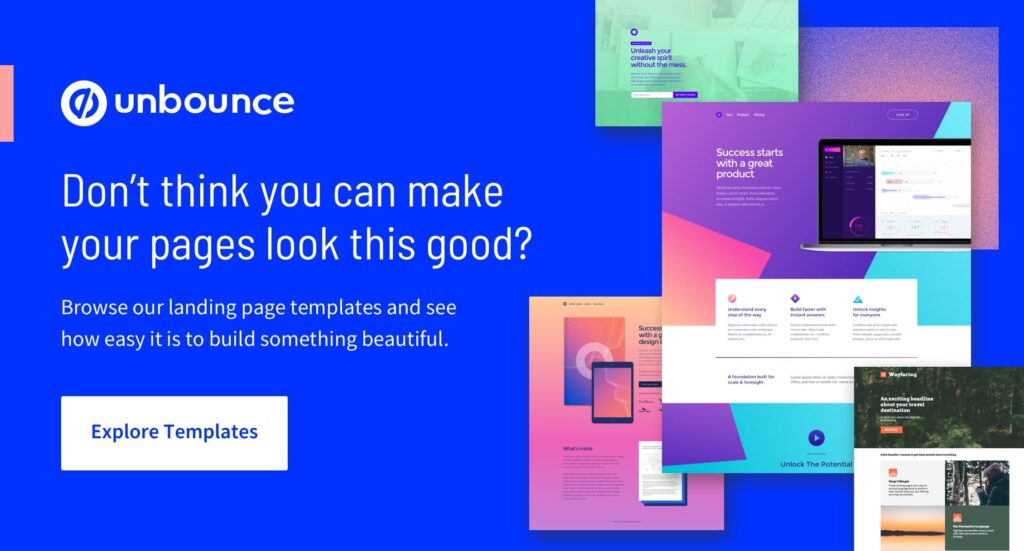
Do you know what to write in your headline? Should it be long or short? What is the best way to make it catchy and compelling? If your answer is no, don't worry because here is the perfect guide to writing compelling headlines for landing pages.
Headlines are powerful, and they decide whether your customers will buy or not. They also attract visitors to your page. A good headline is easy to read, grabs attention, is unique, and enticing.
The problem with many landing pages is that the headline is boring and doesn't grab visitors' attention. Here is the complete guide to writing great headlines for landing pages.
1: Keep your headline short
Make your headline short and direct. Your headline should tell visitors about the benefits of buying your product or service. Try to get straight to the point.
It shouldn't be longer than 50 words. If you have a longer headline, try to make it shorter. Longer headlines are harder to read and don't grab readers' attention.
2: Make your headline creative and catchy
The best headlines are creative and catchy. When you write the headline for your landing page, use strong adjectives such as exciting, helpful, valuable, and effective. Try to use words that capture your audience's attention.
Here is a simple example:
“Why you need to visit us today!”
This is a powerful headline and will grab your visitors' attention. The “why” part grabs their attention, and the rest of the headline makes them feel that visiting is necessary.
3: Avoid using jargon
Using jargon in your headline is a big mistake. Your headline should be easy to understand by everyone. Jargon is hard to remember, and it makes your visitors confused.
You need to avoid using terms like “unique”, “high quality”, “cutting edge”, “proven”, and “expert”. It would help if you stuck to a common language. If you want to use technical terms, use them in the subheadline.
4: Be creative
There is no limit to what you can do when it comes to writing headlines. Don't be afraid to use unusual fonts, colours, and even animations. You can even use different colours for each section of the headline. Here are some examples:
5: Get feedback
Once you're done writing your headline, ask your friends, family, and colleagues to read it. Ask them to tell you if it's exciting and easy to read. Use their comments as a guideline and make the headline better.
Using Images & Videos

We always say that a website needs to be simple to read, but adding photographs or videos to your site's design can make your message clearer and improve your conversion rates. There are many ways you can add images to a page.
Try including photographs on your page, particularly of your products or services. This helps to reinforce your brand and demonstrates that you are professional.
You can also use images to highlight the different benefits of your services, such as testimonials. The images can be pretty straightforward – for example, a picture of a brochure, product or client photo. Images can quickly reinforce your product or service's quality and make it look more attractive.
You can include video clips if you need to provide additional information about your products or services. You can use videos to explain how to use the product, show its features, or demonstrate a technique. This will also help to reinforce the quality of your products or services.
You can also use videos to showcase your company's history or demonstrate your services' particular benefit. This is particularly useful if you want to convince your audience of the value of your products or services. You could also use videos to highlight specific customer testimonials or to demonstrate how a product works.
Finally, you could create short films or animations about your business. If you're aiming for the top of Google search results, you should consider including YouTube videos or other forms of online media in your campaign. The media you choose should be appropriate for your target audience and reflect your brand values.
Conclusion
When I started blogging in 2010, I wasn't concerned with landing pages, but now I see how powerful they can be. A landing page is a web page you send visitors to after generating interest in your brand. Think of it as a mini version of your website that you can use to drive targeted traffic to your site.
Building a landing page can include elements like a call to action, lead magnet, or opt-in form. With a landing page, you can generate qualified leads, increase sales, and grow your brand simultaneously. It's that easy. To learn more about landing pages, you should read this guide about everything you need to know.
Subscribe to our newsletter and get updates on new articles and resources delivered to your inbox.
